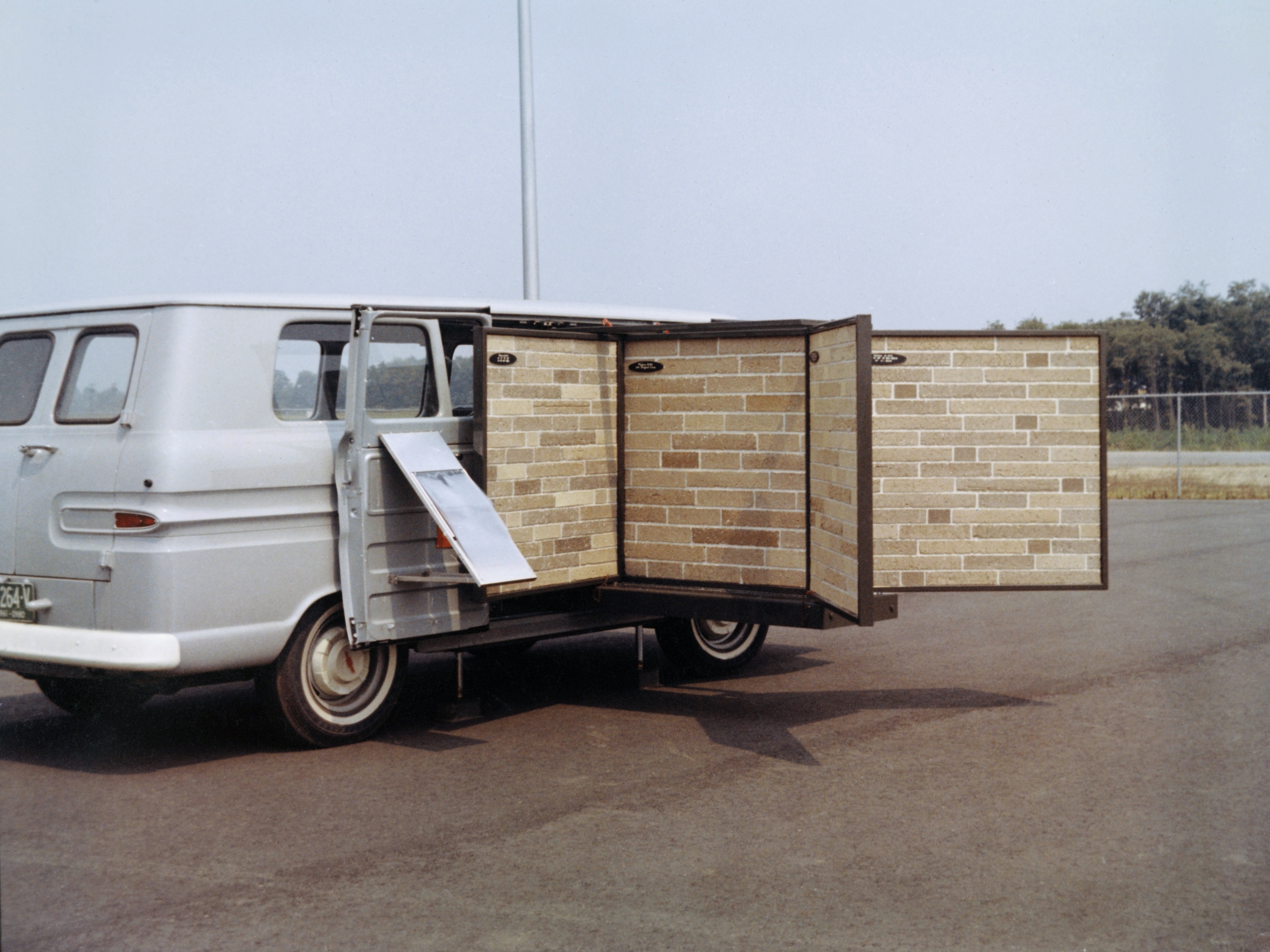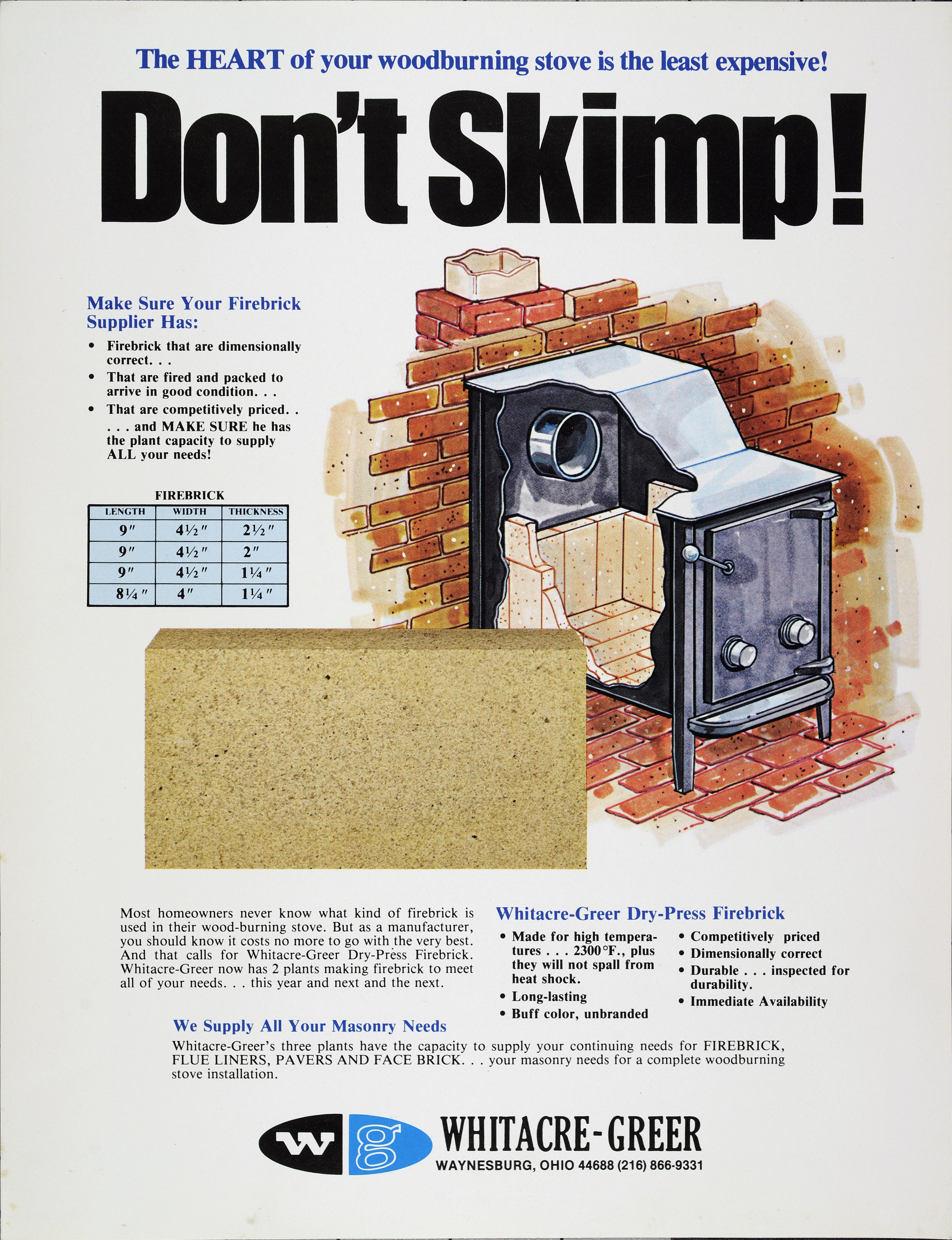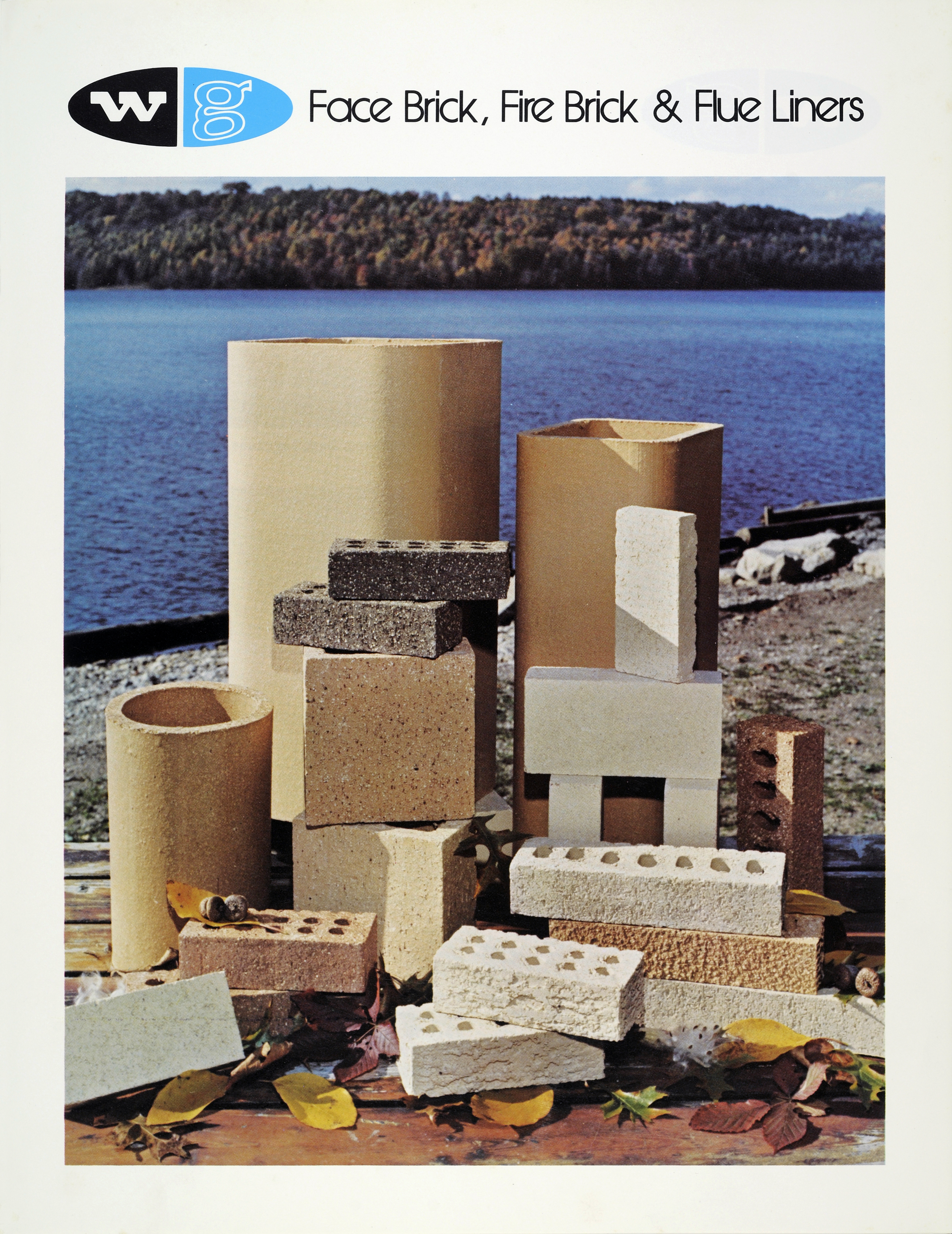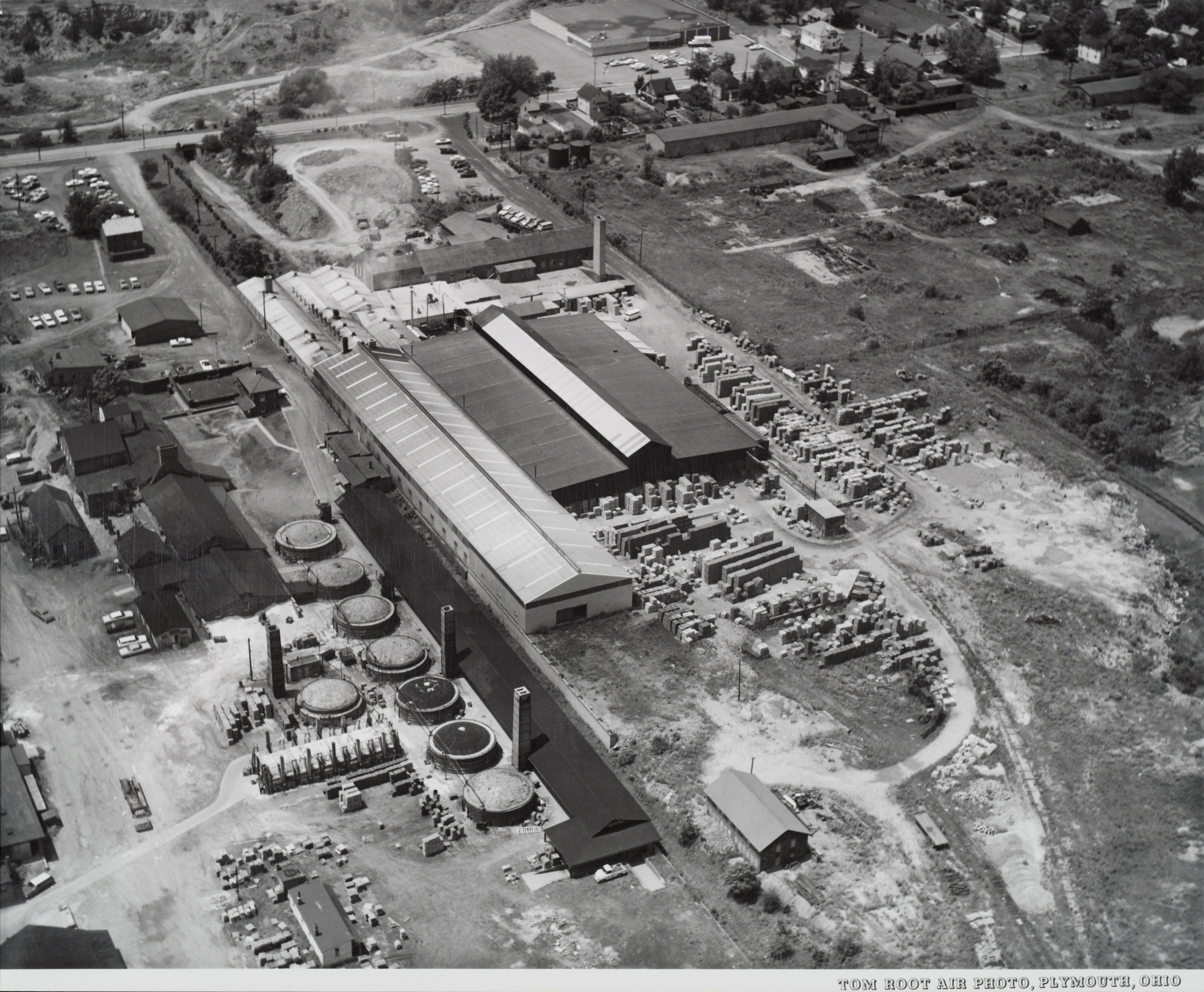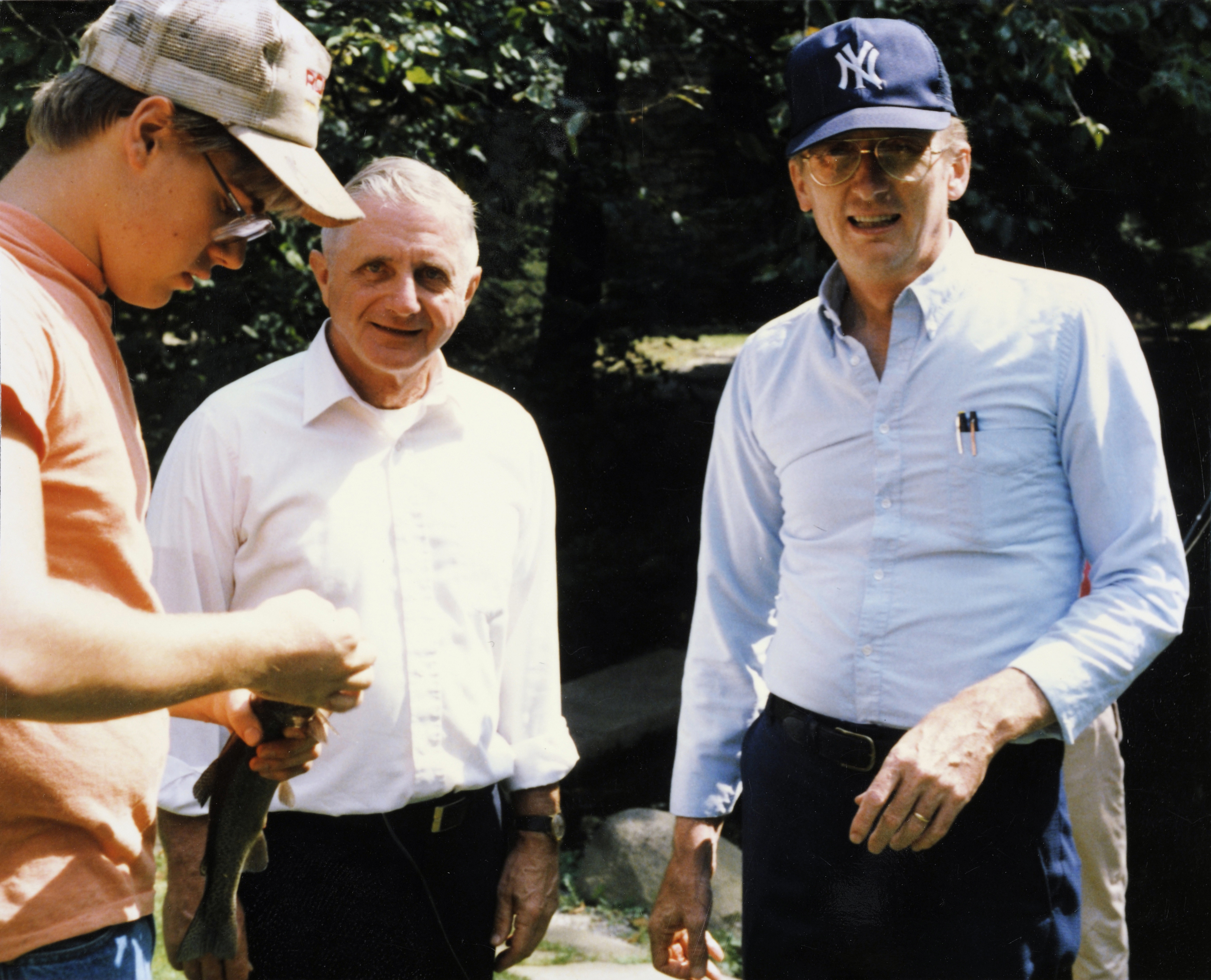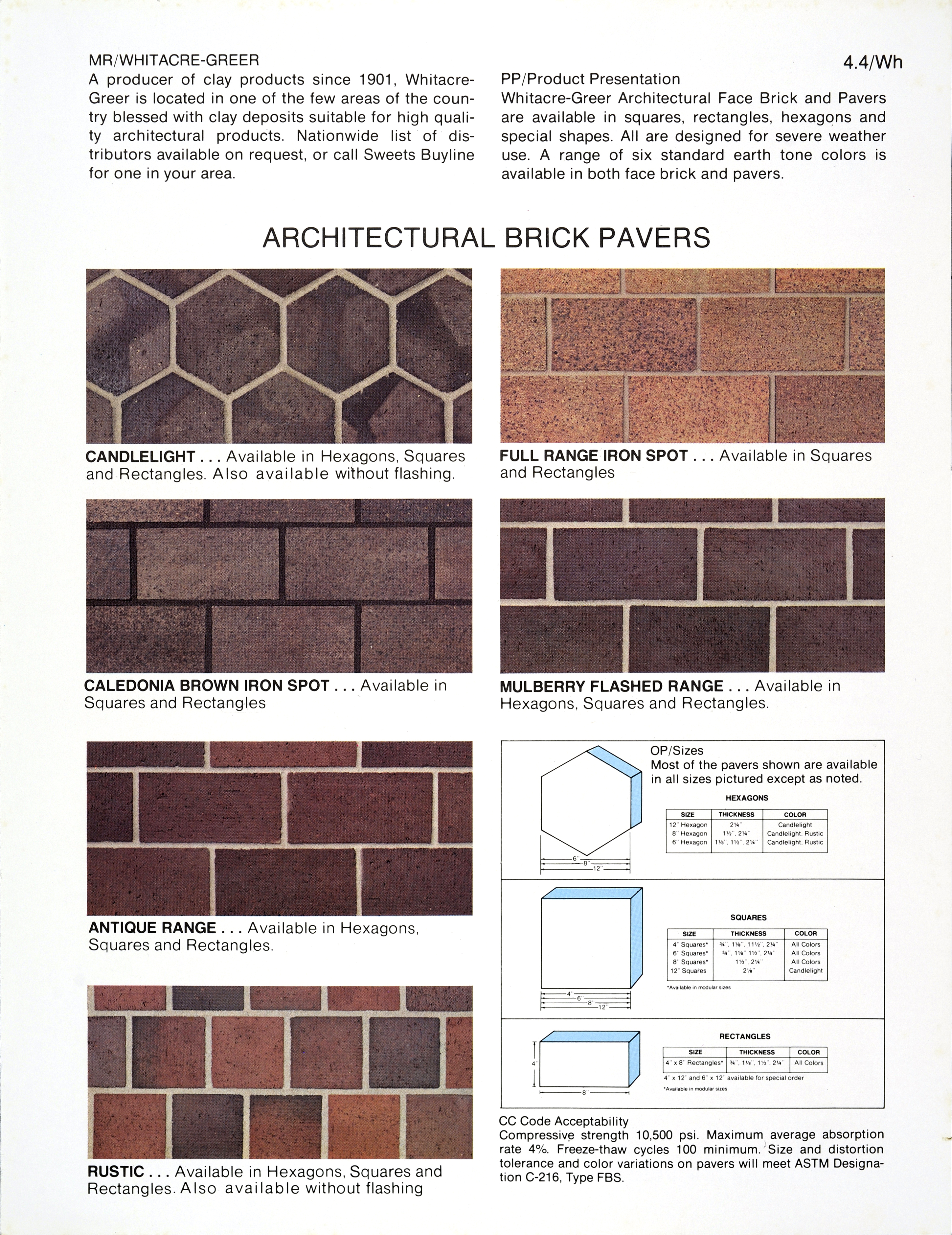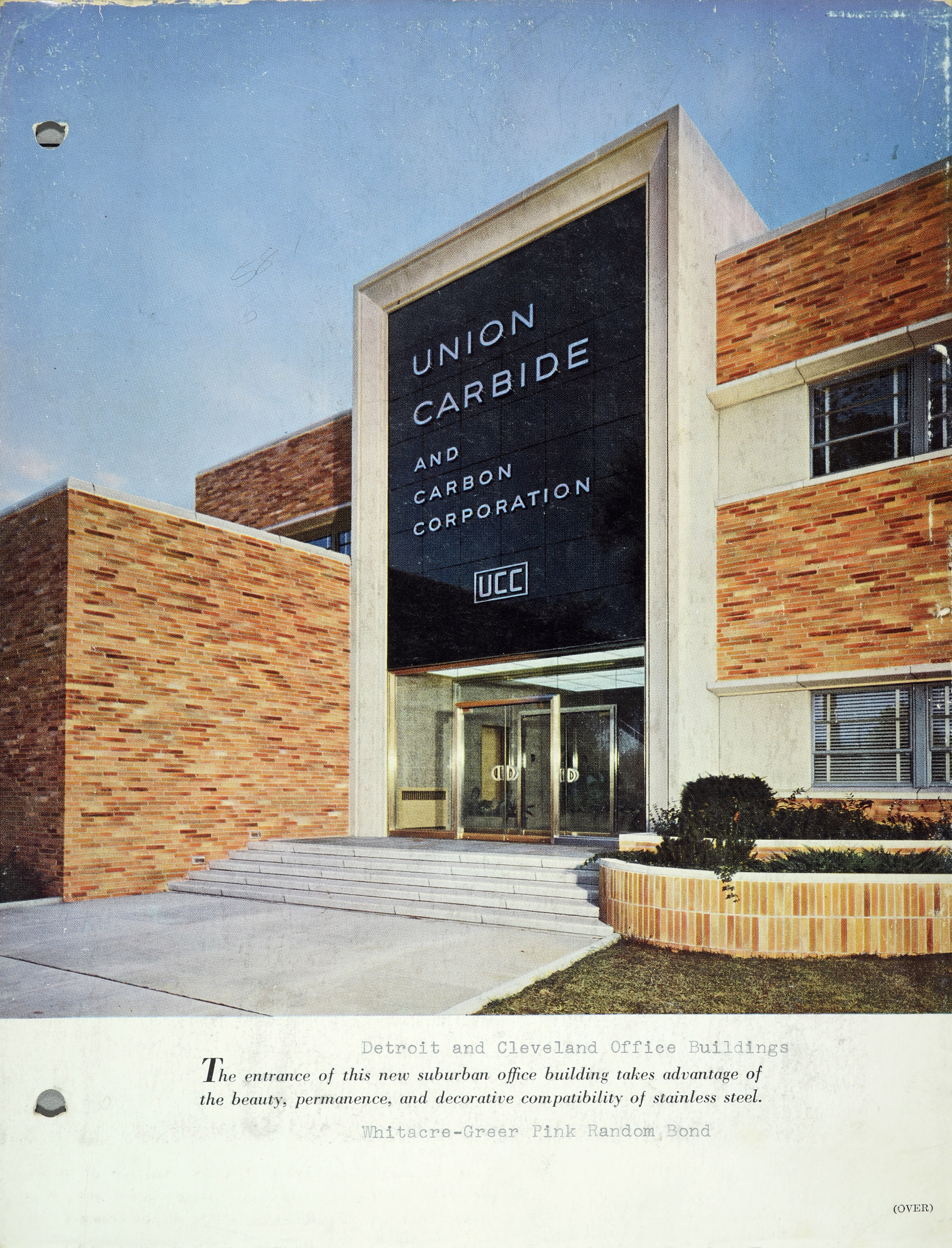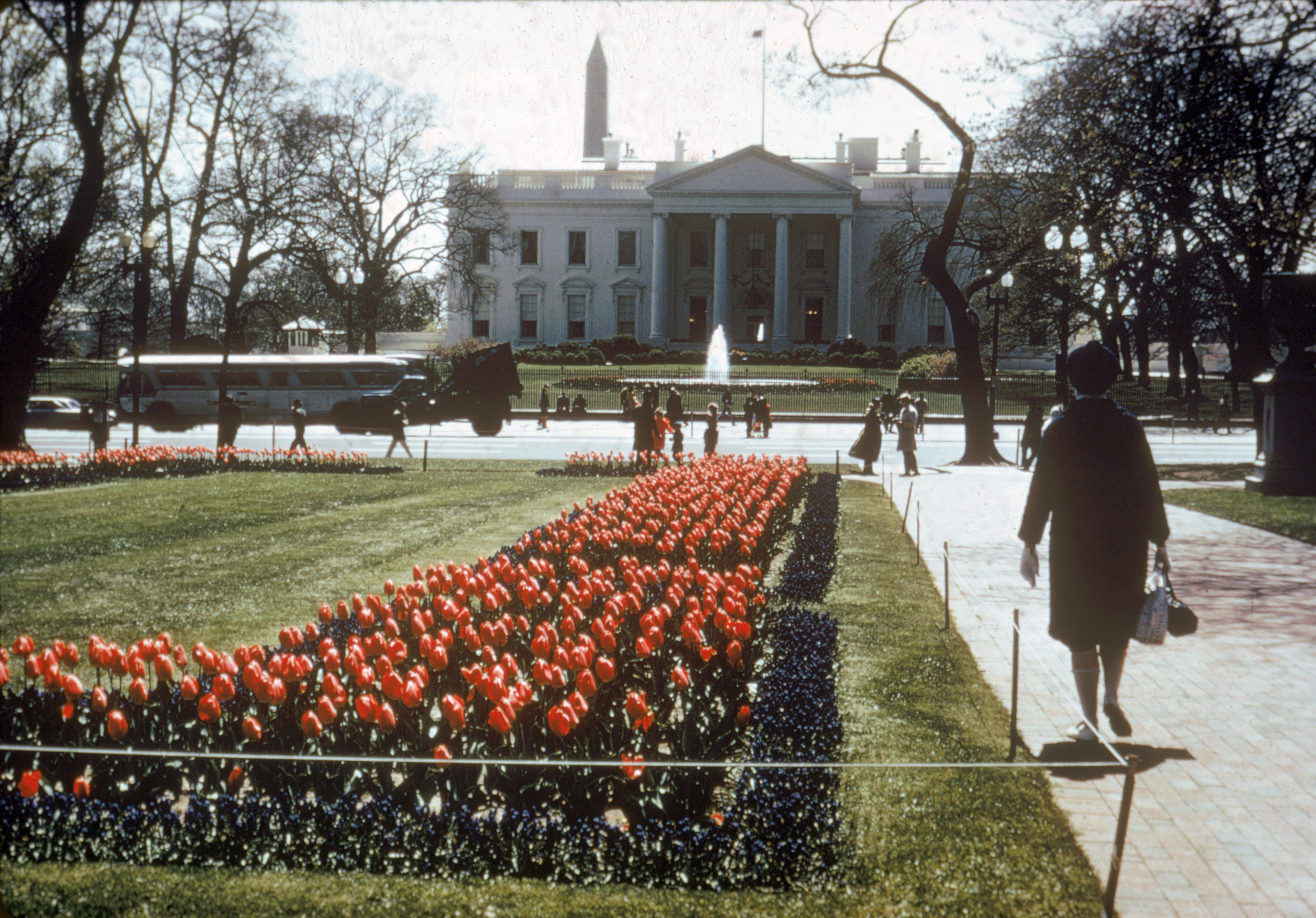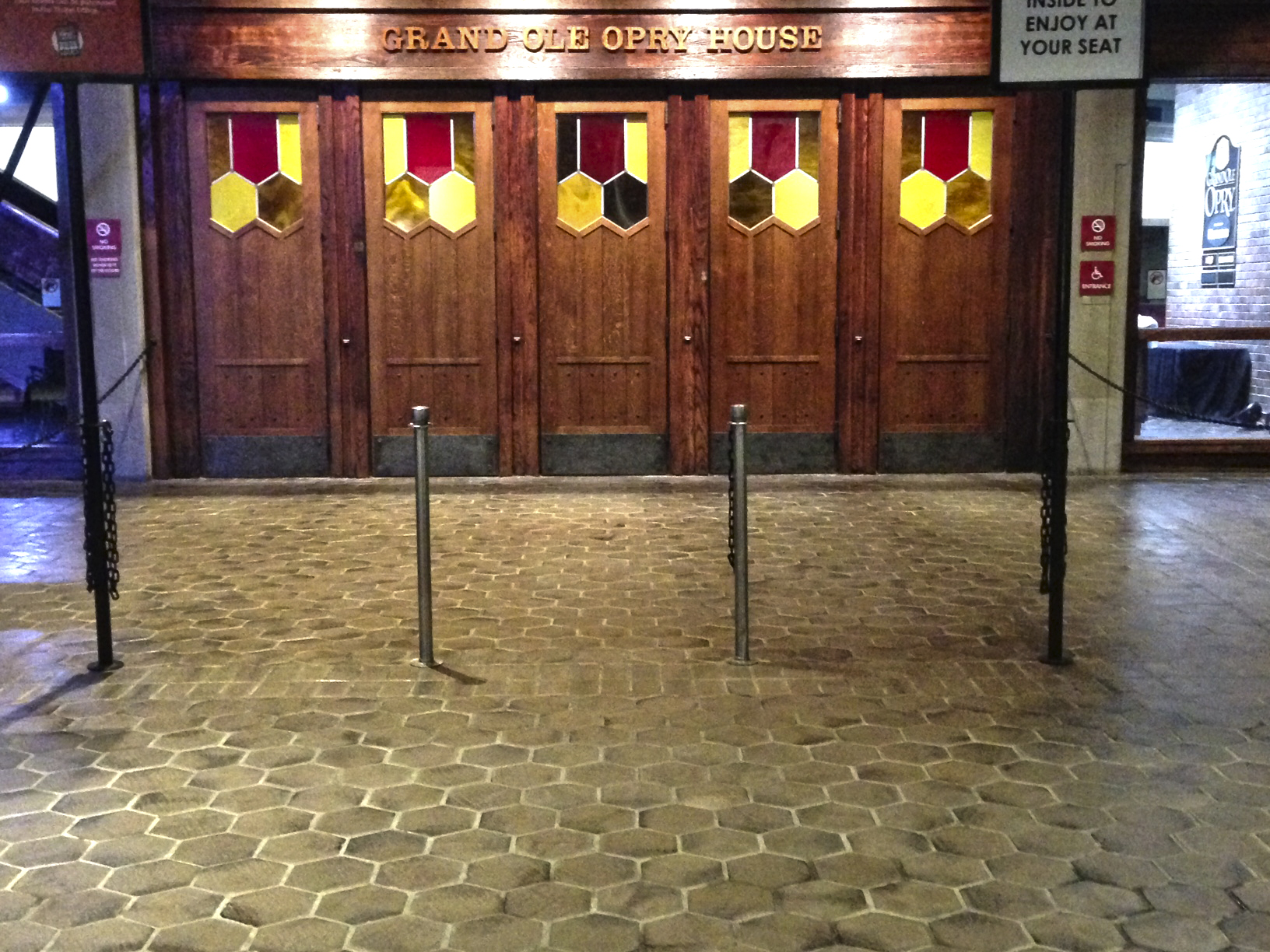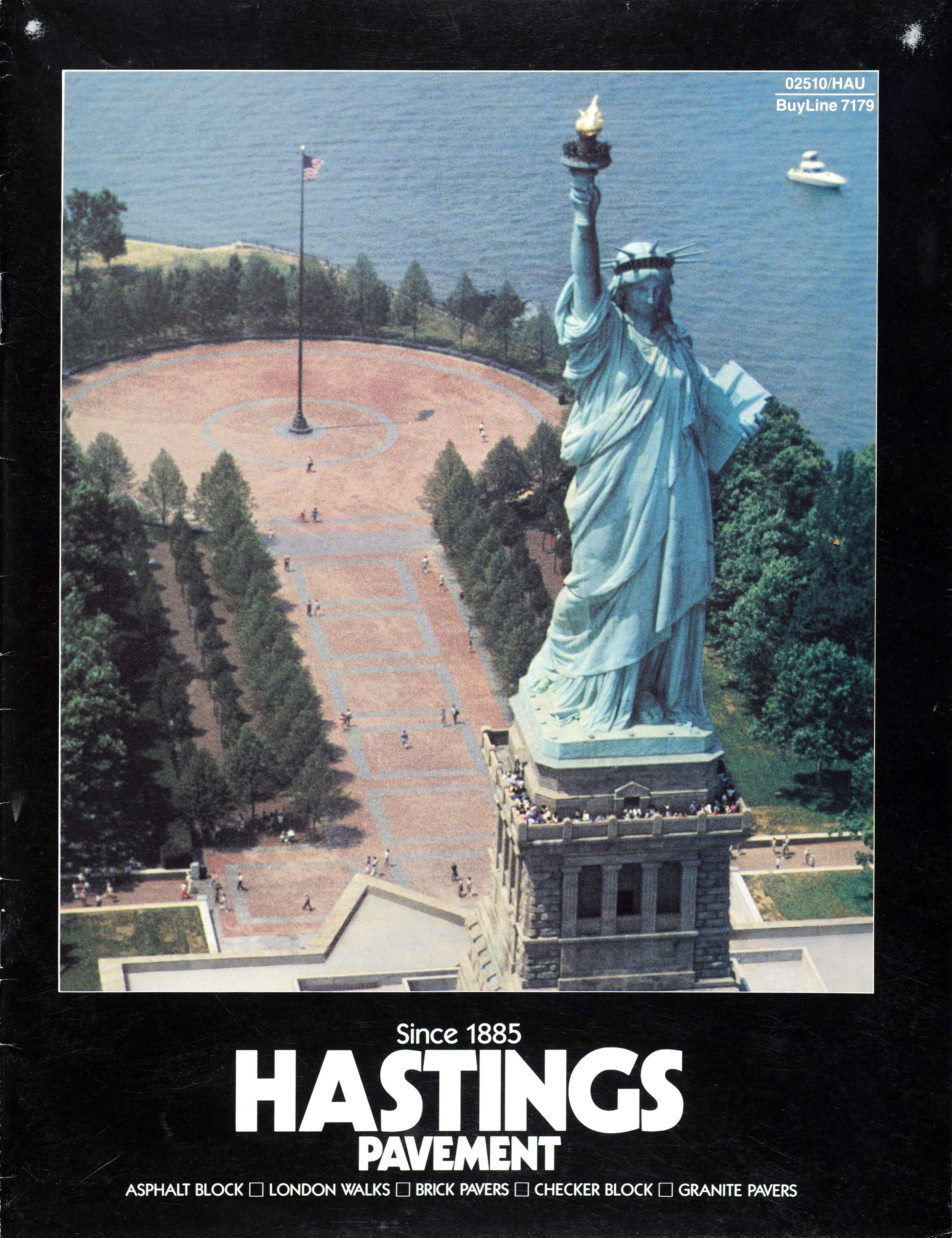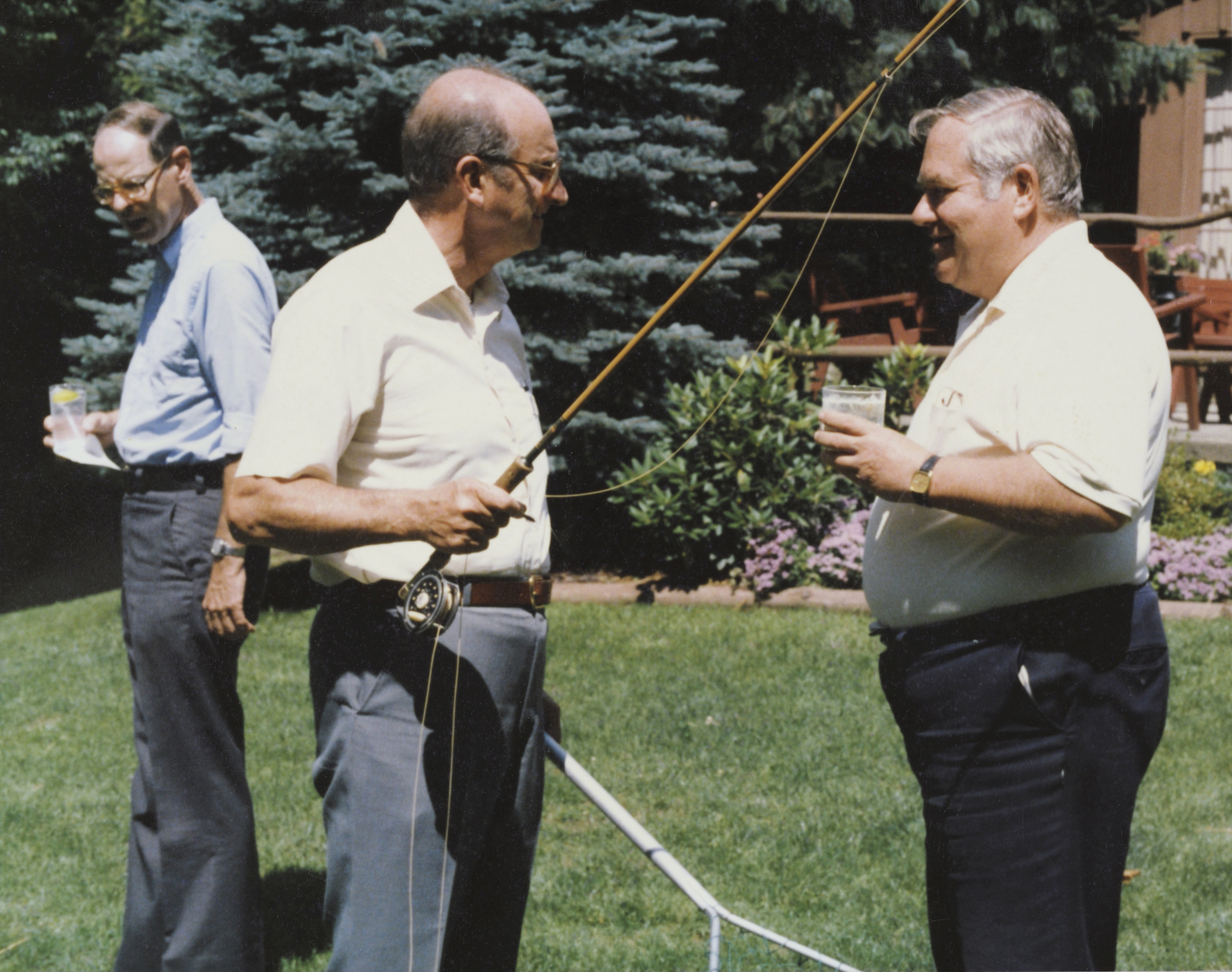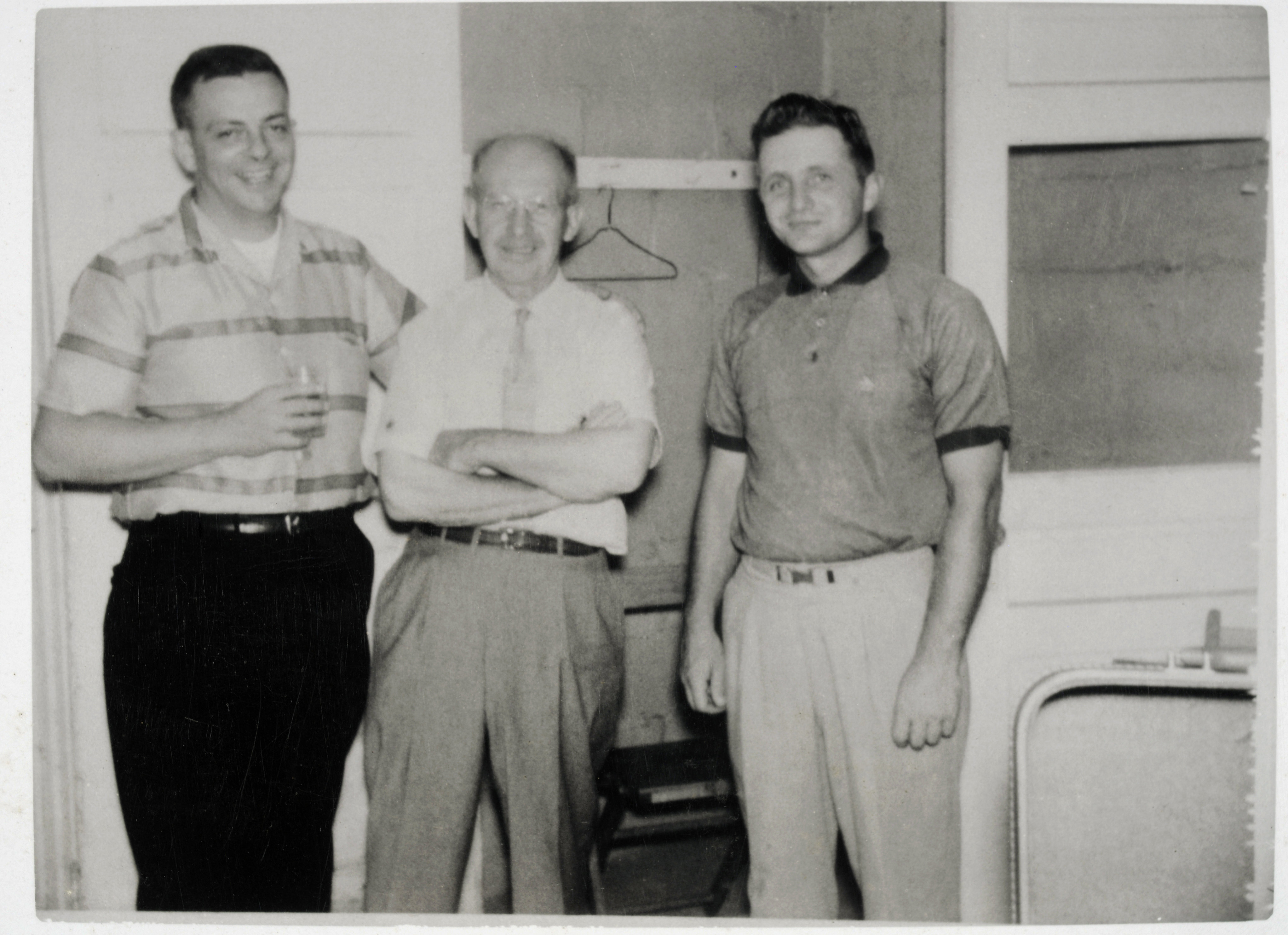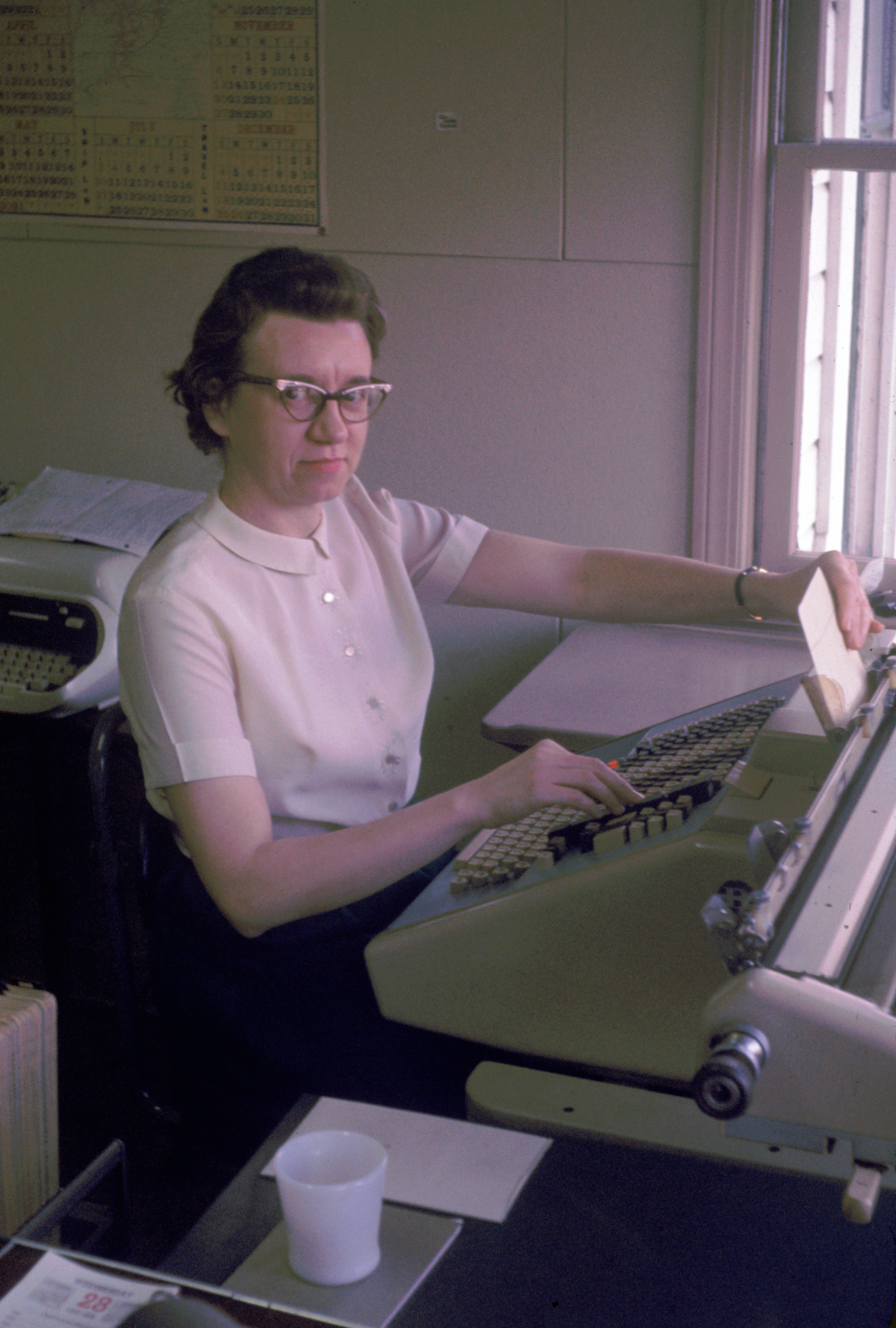JB successfully completed building equipment to impressively improve the dimensional accuracy, appearance and reduce the labor cost of forming clay hot tops. This machine took several years to design and build. It made a solid contribution to the earnings peak in the 1950s. Following 1963, JB and Mary spent more time in their home in Florida. When he was in Waynesburg, he actively helped with the plant operation. He was always read to advise or help me at any time of need.
DD suffered from high blood pressure. In the late 1950s, I believe, his medication changed and he suffered from depression. He went to Johns Hopkins in Baltimore where they administered shock treatments and kept him confined for about a year. He returned to work, but with a limited energy level. DD had a massive heart attack and died at age 62 in 1963. About 1955, DD and I were driving to Penn State for a meeting of the clay hot top researchers. I was driving outside a village when a police officer sped past us, swerving in front of our car and nearly hitting us as he forced me over to the side of the road. While I sat and wondered what I had done, DD jumped out of the passenger side. Meeting the officer belly to belly, DD, who was furious, scolded the officer about like this, “Young man, recklessly driving an automobile as you just did, which endangered the lives of two citizens, is a disgrace for anyone, and particularly someone wearing the uniform of a law enforcement office. Don’t ever do that again.” As the officer stared blankly, DD got back in our car and said to me, “Well come on, let’s go.” We went. It was an honor to have known the man.
Art Estep didn’t change his program, except for possibly more golf games. One day in 1955, Art came to the plant around 9:30 a.m. saying, “After a bit, go home and clean up and get your clubs. I have so-and-so lined up and we will get Dagenhard and go to Congress Lake for lunch and golf.” I said, “My Dad believes I play too much golf already, I had better pass.” Art said, “I just looked at last month’s results and we had the best month we ever had. I’ll take care of your father, let’s go.” We had some great days together.
After DD was disabled by depression, JB called Art and me into the office. He said, “Art, you and John are going to have to do more work since DD is not available.” Art said, “JB, I am not doing any more work than I am doing now and probably less.” I said, “Don’t worry; we have the people to get the work done.”
